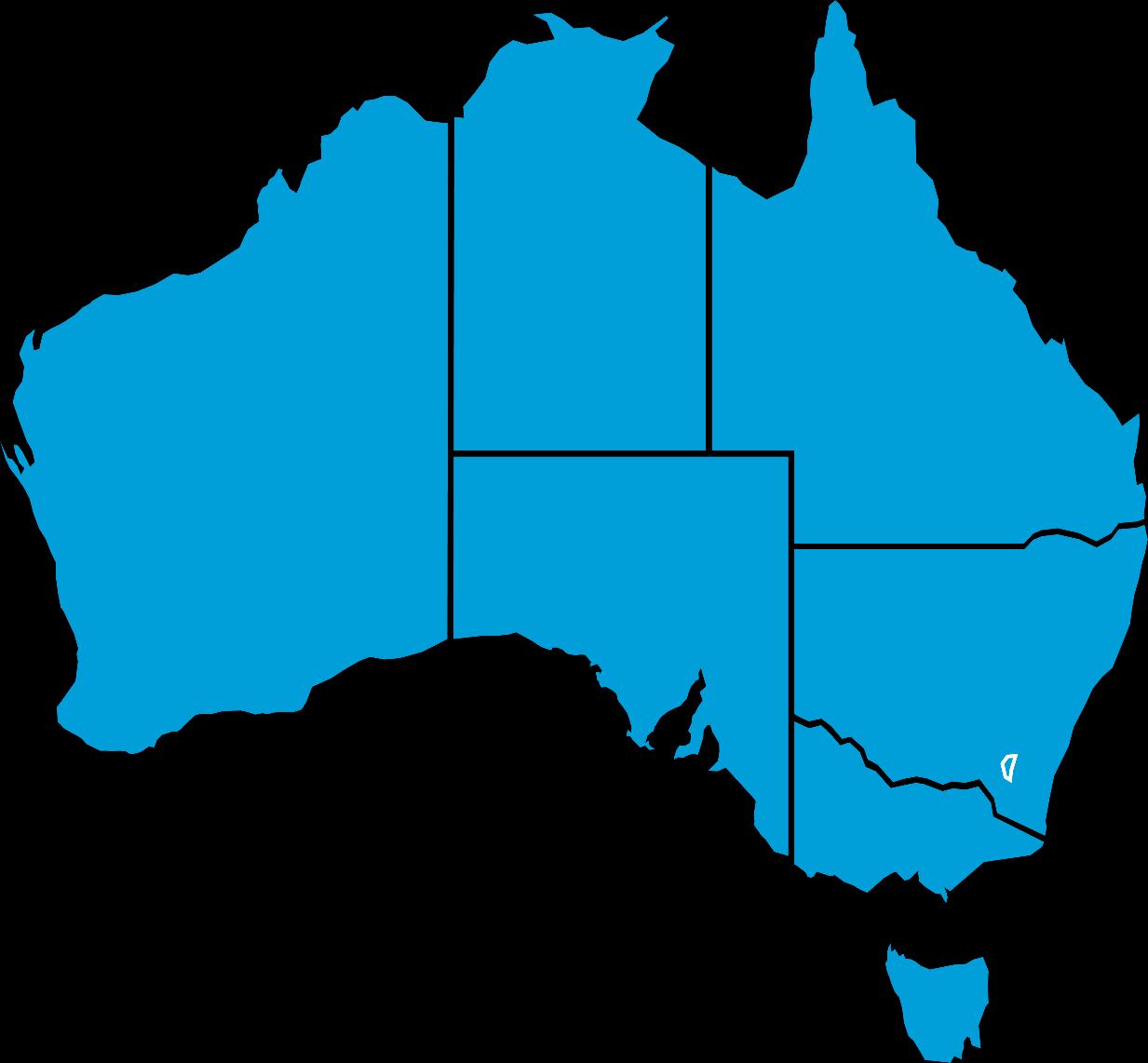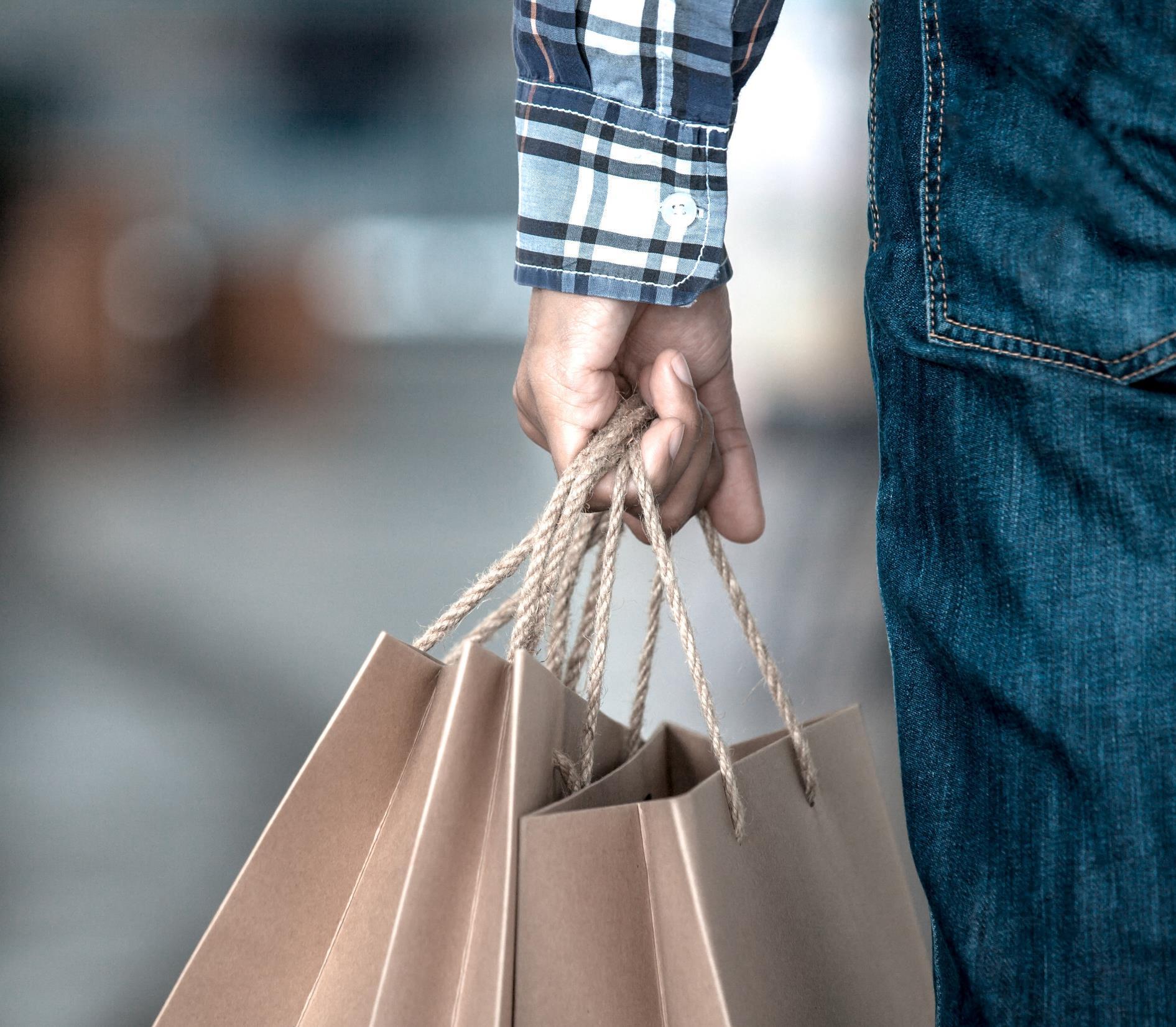











In April 2024, ACRS surveyed 392 shoppers across Australia and asked them several key questions on cost of living and spending habits as part of a larger survey on retail consumer attitudes and behaviours.

The majority of shoppers reported that they felt groceries & related products, housing, and insurance cost more than at the same time last year
Groceries & related products
Housing (e.g., rent, mortgage, utility bills)
(e.g., home, vehicle, health)
Alcohol and tobacco Takeaway and restaurant meals
Health (e.g., dental, pharmaceutical)
Personal care (e.g., cosmetics, baby care)
Household (e.g., homeware, hardware)
Travel and tourism (e.g., air travel, hotels)
Automotive (e.g., vehicle’s parts)
Clothing, footwear and accessories
Media and entertainment (e.g., gaming, multimedia)
Consumer electronics (e.g., smartphones, laptops, tablet)
Communication (e.g., postal, telecommunication)
Sporting goods and equipment
Toys and games
Books and stationery
More than last year About the same as last year Less than last year
Note: Percentages may not add up to 100% due to rounding.

product pricing
Housing (e.g., rent, mortgage, utility bills)
Groceries & related products
Insurance (e.g., home, vehicle, health)
Health (e.g., dental, pharmaceutical)
Consumer electronics (e.g., smartphones, laptops, tablet)
Travel and tourism (e.g., air travel, hotels)
Alcohol and tobacco
Takeaway and restaurant meals
Clothing, footwear and accessories
Communication (e.g., postal, telecommunication)
Personal care (e.g., cosmetics, baby care)
Automotive (e.g., vehicle’s parts)
Media and entertainment (e.g., gaming, multimedia)
Household (e.g., homeware, hardware)
Toys and games
Sporting goods and equipment
Books and stationery

The majority of shoppers reported that they spent more on housing, insurance and groceries & related products compared to the same time last year
Changes in spending
Housing (e.g., rent, mortgage, utility bills)
(e.g., home, vehicle, health)
Groceries & related products
Health (e.g., dental, pharmaceutical)
Takeaway and restaurant meals
Travel and tourism (e.g., air travel, hotels)
Personal care (e.g., cosmetics, baby care)
Media and entertainment (e.g., gaming, multimedia)
Communication (e.g., postal, telecommunication)
Household (e.g., homeware, hardware)
Clothing, footwear and accessories
Sporting goods and equipment Alcohol and tobacco Toys and games
Automotive (e.g., vehicle’s parts)
Consumer
smartphones, laptops, tablet)
Note: Percentages may not add up to 100% due to rounding.


62%
felt they spent more on housing (e.g., rent, mortgage, utility bills) compared to the same time last year
60%
felt they spent more on insurance (e.g., home, vehicle, health) compared to the same time last year
57%
felt they spent more on groceries & related products compared to the same time last year


The majority of shoppers reported deferring purchases until sales or special deals more than at the same time last year
Hold off / defer purchases until sales or special deals

We asked Australians if and how they save their money. We found that 82% of Australians save at least some portion of their monthly household income:




